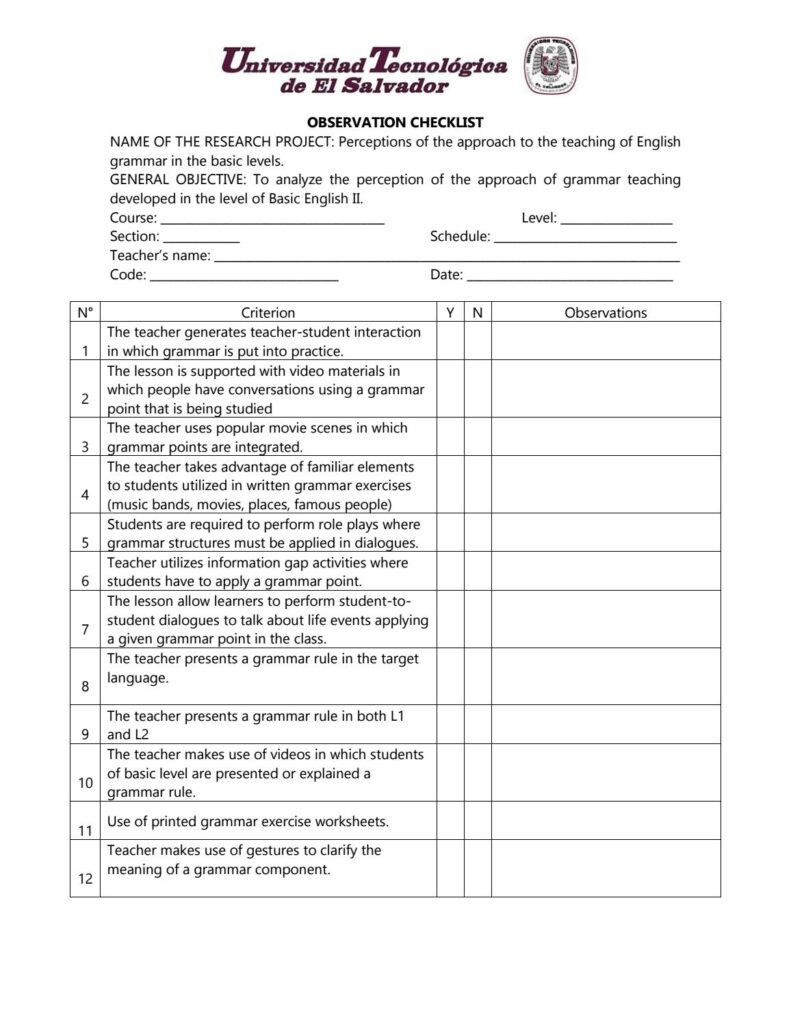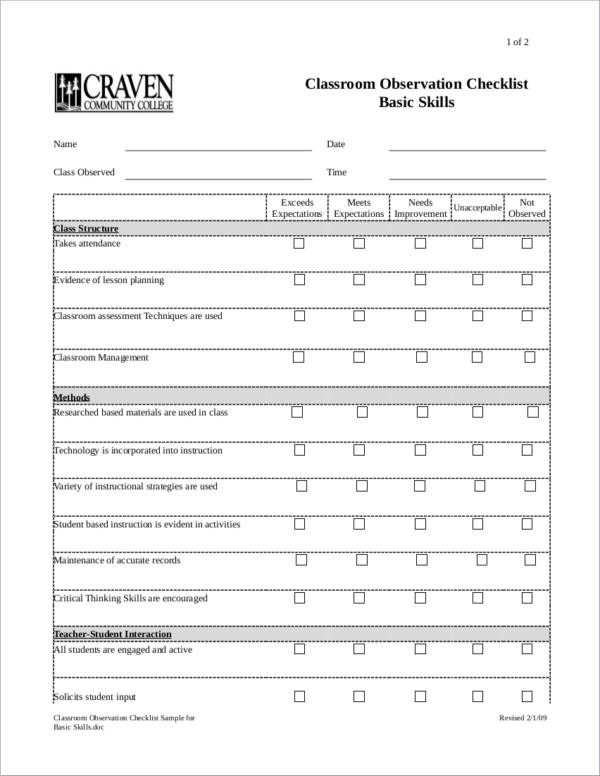Quantitative Observation in Research
Published by at September 21st, 2021 , Revised On October 9, 2023
What is observation in research?
Observation, in daily life, is just a process of sitting on the sidelines and ‘noticing’ what is happening, possibly to obtain an answer to a question like ‘why’ it is happening. The goals of observation in daily life can be multi-faceted. It can be for mere amusement; it can be for taking notes for one’s intellectual growth or other such reason.
However, in research, observation is a method of data collection. Now, the question arises as to what that data might be.
It can be people in a room talking about a specific topic, a group of students in a classroom taking notes of their teacher’s lectures, members of a specific minority group rioting at a rally for their rights…and the list goes on and on.
So, in short, observation in research is different from observation in daily life in that it is a formal process of data collection. Whereas in the latter, it’s for informal purposes.
Professionally, research observation is a method of data collection in which researchers observe within a specific research field or sub-field. It is sometimes referred to as an unobtrusive (not noticed) method of data collection. The purpose of observation is to find out ‘what is going on here?’
Quantitative vs. Qualitative
Suppose one person describes a typical summer day as ‘being very humid,’ whereas another person describes it as ‘25 degrees Celsius, with a precipitation index of 56%.’ In research terms, the first description would be classified as qualitative, whereas the second one would be quantitative. The former uses words, but the latter uses numbers, figures, ratios, and other statistical elements.
Quantitative vs. Quantitative Observation in Research
Now that observation in research and quantitative research has been looked at; the two are combined to give quantitative observation in research.
Let’s consider a simple example to understand what quantitative observation in research is. For example, the boiling point of water at sea level is observed to be 100°C. This is a quantitative observation. The results of this observation stay constant, too, i.e., the boiling point of water at sea level is going to be 100°C no matter what other variables—such as water impurity vs. purity—are introduced.
Contrary to this, if a researcher is observing the social status of the upper class and comparing its lifestyle, worldviews, etc., to that of the middle-lower class, for instance, it would be a qualitative observation.
WHAT do quantitative researchers observe?
Ideally, they try to observe:
- Events
- Actions
- Norms
- Values
It is important to remember that quantitative researchers DO NOT observe things from the perspective of the people being studied and/or observed. That is how qualitative researchers observe the above-mentioned things. Instead, quantitative researchers observe these things from the point-of-view of statistics, logic, reason (perhaps even a little mathematics might be involved here and there).
In other words, subjectivity is not the lens through which a quantitative researcher observes events and actions, but rather objectivity is.
HOW do quantitative researchers observe?
They mainly:
- Attend to mundane (ordinary) details to understand what is going on and to provide clues to other layers of reality using logical reasoning.
- Take into account the larger social or historical context in which the observation is done. They view social life as a series of interlocking events that are best described quantitively.
- Look at things in an unbiased way.
Furthermore, a quantitative researcher:
- Carries out an observation to explain, predict and generalize an event/situation.
- Uses structured observation (observational checklist). This is a very important point to note when talking about quantitative observations, as it shall be further discussed below.
This is different from how a qualitative researcher observes, as he/she:
- It carries out an observation to understand the complex phenomenon in the larger social or historical contexts.
- Carries out unstructured observation (without any specific limit or type of answer to the questions asked during statement).
Important Considerations in Quantitative Observation
A quantitative observer has to consider some important things, such as:
- Will the observational data answer the research questions?
- Is chosen observation type in line with the paradigmatic approach?
- Is there any access or other issues that might make observations difficult?
- What kind of observation will be done?
- How will be the field notes recorded (writing, audio recording, and writing or video recording)?
- What will be the focus of field notes?
Common Techniques Used in Quantitative Observation
There are many ways a researcher can use to observe quantitatively. Some already exist; they can be used by a researcher as they are, or they can be modified here and there to suit the research’s aims, questions, and objectives, etc.
However, whichever method is chosen, it should be strictly. quantitative in nature. Following are some common methods used by researchers to observe their surroundings or events etc. quantitatively.
Fieldnotes
Lincoln and Guba (1985) believe that field notes may be made on specific, predetermined themes. Cohen, Manion, and Morrison (2007) maintain that field notes may be taken in a number of different ways. Some of them are:
- Quick, fragmentary jottings of keywords
- Reconstructions of conversations; or a description of
- The researcher’s activities and behaviours
Field notes are different from ordinary ‘jotting down’ of things. Specificity is key in taking field notes; everything that is observed and, in turn, jotted down has to be highly related to the specific issue or event under observation.
A researcher has to make sure that field notes are written in a coherent, understandable, and neat format. When referred back to by the research, a format makes it easy to skim and scan for specific information.
Furthermore, a researcher using field notes has to consider couple of other things.
Silverman highlights a number of different questions a researcher should consider when conducting observations and writing field notes. They can be about the phenomenon under observation, such as:
- What are people doing?
- What are they trying to accomplish?
- How exactly do they do this?
- How do people characterise and understand?
- What is going on?
- What assumptions do they make?
They can be analytic questions, related to the observer him/herself, such as:
- What do I see going on here?
- What did I learn from these notes?
- Why did I include them?
And they can also be related to the setting or some other specificity related to the whole process of quantitative observation, such as:
- What does the site look like?
- How does the site feel like?
- How is the site set up physically? Take note of this for richness of data.
- Are there certain aspects of the site that you find physically distracting? If so, how do these affect your data collection?
- Are there aspects that you find psychological or physiologically distracting? How do these affect your data collection?
- What is happening when nothing seems to be happening?
- What else is happening on this site that is relevant to my research question(s)?
Pros and Cons of Field Notes
The main advantage of field notes is that they are pretty comprehensive. Also, a researcher can include as many observations as he/she wants in any format (thought bubbles, words; flow charts; diagrams, etc.). This is also a disadvantage of field notes: they are time-consuming to create. Furthermore, referring back to field notes, research might miss out on some important information due to the sheer volume of it present in the notes.
Observation Checklist
An observation checklist is that piece of paper generally seen being used by store managers, stockists, and the like. It contains a number of items, which checkboxes next to them. The items present in a store are marked off or ‘checked.’ This makes the task of finding out what’s missing much easier and convenient.
In the same fashion, quantitative observers may be using an observation checklist too. Instead of having a wide variety of questions—like those related to field notes—a researcher might first develop an observation checklist. It will most likely contain a list of things he/she expects to find in the environment, subjects, or events that will be observed.
Another way to use an observation checklist is to convert the questions used for field notes into declarative statements. If the statements are observed to be present, the researcher can check them off the list.
In the end, a summary is created based on the things the researcher checked off the list and the ones not checked off.
There are numerous formats to create an observation checklist. They can be simple, declarative statements. Those statements can also be supported by a Likert scale or something similar that the researcher creates on their own.
A common type of observation checklist used in research looks something like this:
Another example of an observation checklist is shown below.
Key point to remember: Such forms of observation checklists can also be mixed and matched to suit the research needs. A researcher might also create their own checklist from scratch and then combine that with another existing one. There is no hard or fast rule about which form of checklist to use; it should be appropriate for the kind of research questions that are being considered.
Pros and Cons of Observation Checklist
This method of data collection, summarising that data and interpreting results is less time-consuming and convenient that, say, field notes.
However, its biggest flaw is that no researcher—no matter their background or preparation prior to collecting data—can create an exhaustive list. There will always be something that the researcher will only discover once he/she is at the site of the phenomenon/event to be observed.
Important takeaway: It should be remembered that a researcher might also combine the two methods of quantitative observation (field notes and checklist). The justification given for such a choice should, however, be given. And the method chosen should be appropriate for the research that is being conducted.
Quantitative Observation Traits and Examples
A quantitative observation has the following three main traits or characteristics:
- It’s specific to the thing/person/place being observed.
- It yields accurate, reliable results in the overall research process; the results remain constant no matter which other variables are introduced in the observational process.
- The observational aspects in this type of observation should be suitable for the application of statistical analyses to describe them (the observations).
Things like weight, age, height and other similar numeric values used to describe someone are common examples of quantitative observation. Contrarily, if someone is being described via their hair, eye or skin colour, such an observation would be qualitative.
Conclusion
Quantitative observation is an important method of data collection used in research. It follows observing certain phenomena, events, values and norms etc. and then applying certain statistical, objective and pre-determined rules to answer questions like ‘what is happening’ and ‘why is it happening.’
There are many ways to gather observational data quantitatively. However, the most common ones are taking field notes and using an observation checklist. Each has its unique advantages and disadvantages.
A quantitative observer has to consider a lot of things before, during as well as after the process of observation. Quantitative observations in themselves have certain characteristics. They ensure the reliability of the research results.
Frequently Asked Questions
Quantitative research involves numerical data and statistical analysis, while qualitative research focuses on in-depth understanding through non-numerical data like interviews and observations.








